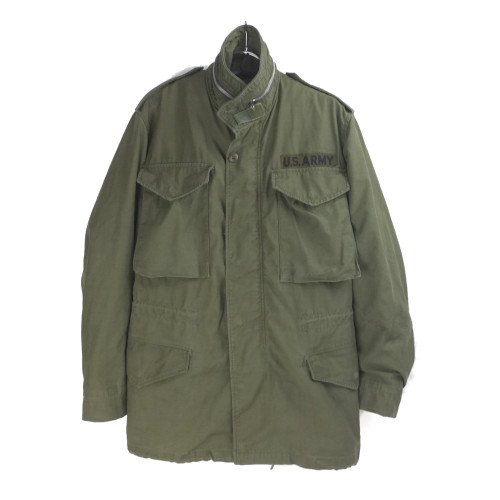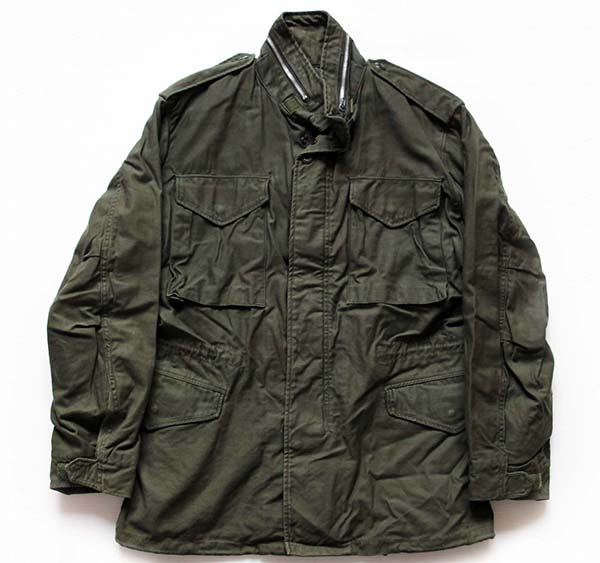
新入荷再入荷
USARMY M-65 フィールドジャケット2nd グレーライナー XSDSiLL SUPER MARIOBROS. 25thAnniversary ㉗
 タイムセール
タイムセール
終了まで
00
00
00
999円以上お買上げで送料無料(※)
999円以上お買上げで代引き手数料無料
999円以上お買上げで代引き手数料無料
通販と店舗では販売価格や税表示が異なる場合がございます。また店頭ではすでに品切れの場合もございます。予めご了承ください。
商品詳細情報
| 管理番号 | 新品 :874439125 | 発売日 | 2025/06/30 | 定価 | 52,700円 | 型番 | 874439125 | ||
|---|---|---|---|---|---|---|---|---|---|
| カテゴリ | |||||||||
USARMY M-65 フィールドジャケット2nd グレーライナー XSDSiLL SUPER MARIOBROS. 25thAnniversary ㉗
・動作確認済み
・ボタン操作確認済み
・音確認済み
・カメラ起動確認済み
・SDカードなし
・タッチペンあり
・説明書製造番号一致
・外箱キズ凹みあり
・本体目立ったキズ汚れなし
※ソフトはつきません
※値下げ不可。値下げは、こちらのタイミングで行います
#Nintendo
#任天堂
#初代ゲームボーイ
#ゲームボーイ
#ミクロ
#ゲームボーイミクロ
#micro
#GAMEBOYmicro
#GAMEBOY
#アドバンス
#ゲームボーイアドバンス
#ゲームボーイアドバンスSP
#ゲームボーイアドバンスsp
#ゲームボーイカラー
#ゲームボーイポケット
#DS
#DSi
#DSiLL
#DSlite
#2DS
#2DSLL
#3DS
#3DSLL
#GB
#GBA
#SFC
#FC
#PSP1000
#PSP2000
#PSP3000
#ワンダースワン
#ワンダースワンカラー
#ゲームウォッチ
#ディスクシステム
#ファミコン
#PS
#PS2
#PS3
#ゲームキューブ
#GAMECUBE
#PSVITA
#ゲームギア
#マリオ
#Nintendo
# MARIOBROS. 25th Anniversary
・ボタン操作確認済み
・音確認済み
・カメラ起動確認済み
・SDカードなし
・タッチペンあり
・説明書製造番号一致
・外箱キズ凹みあり
・本体目立ったキズ汚れなし
※ソフトはつきません
※値下げ不可。値下げは、こちらのタイミングで行います
#Nintendo
#任天堂
#初代ゲームボーイ
#ゲームボーイ
#ミクロ
#ゲームボーイミクロ
#micro
#GAMEBOYmicro
#GAMEBOY
#アドバンス
#ゲームボーイアドバンス
#ゲームボーイアドバンスSP
#ゲームボーイアドバンスsp
#ゲームボーイカラー
#ゲームボーイポケット
#DS
#DSi
#DSiLL
#DSlite
#2DS
#2DSLL
#3DS
#3DSLL
#GB
#GBA
#SFC
#FC
#PSP1000
#PSP2000
#PSP3000
#ワンダースワン
#ワンダースワンカラー
#ゲームウォッチ
#ディスクシステム
#ファミコン
#PS
#PS2
#PS3
#ゲームキューブ
#GAMECUBE
#PSVITA
#ゲームギア
#マリオ
#Nintendo
# MARIOBROS. 25th Anniversary










































